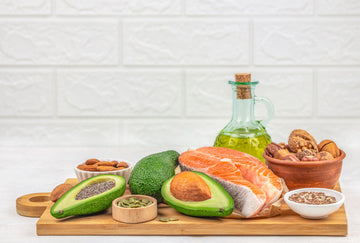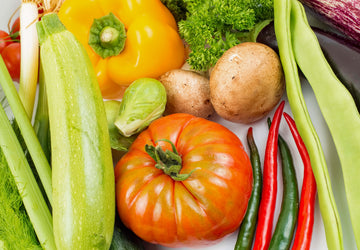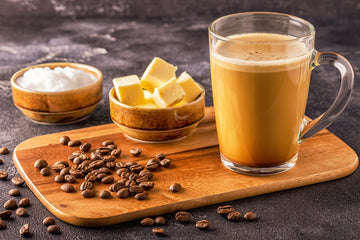The ketogenic diet is based on a high fat content, which makes up the majority of daily calorie intake. This diet reduces carbohydrates to a minimum and promotes energy production from fat. But how much fat is actually necessary to meet the principles of the keto diet and how can this be implemented in everyday life?
The Importance of Fat in the Keto Diet
Fat plays a central role in the keto diet. It replaces the energy that the body normally gets from carbohydrates and ensures satiety and variety in the diet. In order for the metabolism to smoothly transition into the state of ketosis, it is important to consume sufficient fat. The choice should fall on high-quality fat sources that are versatile and meet individual needs.
How much fat is ideal?
The recommended amount of fat depends on several factors, such as personal calorie needs, activity level, and individual goals. On average, about 70-80% of daily calories on the keto diet come from fat. For someone with a daily calorie requirement of 2000 kcal, this equates to about 155-175g of fat. These values can be adjusted to suit your needs using nutrition apps or macronutrient calculators.
High-quality fat sources for the keto diet
Choosing fat sources is crucial to meeting fat needs. Animal fats such as butter, ghee and lard are traditional options that are particularly good for frying and cooking. Many people prefer pasture-raised products as these are often considered less processed.
Vegetable fats such as olive oil, coconut oil, avocado oil and MCT oil are also widely used in the keto diet. Olive oil goes well with cold dishes such as salads, while coconut and MCT oil are characterized by their versatile uses. Fatty seafood, especially salmon, mackerel and herring, also provide valuable fats and enrich the menu.
Nuts and seeds such as almonds, walnuts or chia seeds not only provide fats but also fiber and are a practical addition to many dishes.
Fats that should be used sparingly
Not all fats are equally suitable for a long-term diet. Highly processed fats such as trans fats, which are found in ready-made products or hydrogenated margarines, are often avoided. Industrial vegetable oils such as soy, sunflower or corn oil are also used less frequently, as many people prefer natural alternatives.
Integrating fat into your everyday life
Integrating fat into your daily routine is easier than it seems at first glance. Butter, ghee or coconut oil can be used when cooking and frying as they are heat-resistant. Olive or avocado oil are particularly good for cold dishes such as salads. Snacks such as avocados, nuts and seeds offer an easy way to consume healthy fats on the go. Many people even use MCT or coconut oil to enrich their coffee or tea and increase the fat content.
An example of daily fat intake
A typical day on the keto diet might start with a breakfast of scrambled eggs, avocado and a dash of olive oil. At lunch, a salad with salmon and an olive oil dressing provides a balanced meal. In the evening, a dish of chicken fried in butter with zucchini on the side provides variety. As a snack, walnuts are a practical option to meet your fat needs in between meals.
The right amount of fat is an essential part of the keto diet. By consciously selecting high-quality sources of fat and using them in a variety of ways in your daily diet, you can create a varied menu. Everyone can adjust the fat content individually and find a healthy balance that suits their personal preferences and goals.




